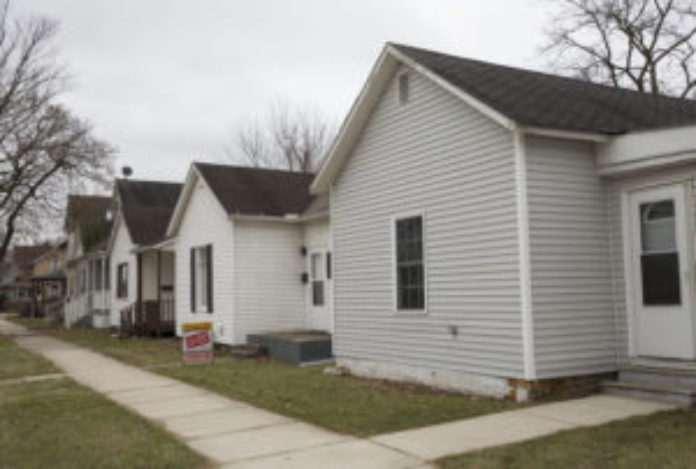Local leaders announced Tuesday the results of a recently completed market potential analysis showing the significance of the need for workforce attainable housing throughout Kosciusko County.
“This analysis confirms our belief that workforce attainable housing is an important economic development need in our community,” Warsaw Mayor Joe Thallemer said in a provided news release. “The timing is perfect to be able to share this important analysis with our partners to encourage the housing development our community needs.”
The analysis completed by national real estate consultants Zimmerman/Volk Associates indicates that 4,255 households with incomes over $40,000 have the potential to move within and to Kosciusko County each year, and between 1,350 and 1,920 new residential units can be absorbed over the next five years.
“This housing strategy provides the foundation we need to make informed decisions on how to address a shortage in workforce housing,” Kosciusko County Commissioner Cary Groninger said. “We have to be looking forward so that we continue as a thriving Midwest community and offering a variety of housing options will be critical to our success.”
Kosciusko County, the city of Warsaw and the Kosciusko County Community Foundation engaged with Fort Wayne-based HPG Network to develop a housing strategy based on the market potential analysis. The project included formation of a steering committee and site visits to numerous Kosciusko County communities.
“The Community Foundation is excited to have made a grant investment in this housing strategy for Kosciusko County,” said Kosciusko County Community Foundation CEO Stephanie Overbey. “We are grateful to the community partners who are working hard to build workforce housing options.”
The housing strategy and market potential analysis provide a framework to develop a housing production plan and follow the summer 2019 announcement that the Indiana Housing and Community Development Authority (IHCDA) had awarded Zimmer Biomet $1 million in the Anchor Employer Workforce Housing Demonstration program.
“Communities like Kosciusko County across Indiana are facing housing challenges,” said HPG Network President Ryan Chasey. “This market-driven approach to address housing is innovative, because it combines market data with local knowledge to create a strategy that can be implemented.”
The Kosciusko Economic Development Corporation (KEDCo) and HPG Network are partnering to implement the housing strategy, including outreach to individual communities to identify development opportunities and formation of pre-development and acquisition revolving loan funds to cultivate development at catalyst sites.
“The Housing Strategy provides us with a road map to move forward,” said KEDCo CEO Alan Tio. “It is important that we take steps as a community to meet the needs identified so we can continue to thrive.”
Additional highlights from the market potential analysis, according to the news release:
In Warsaw:
• Market potential exists for a variety of residential units, including rental (40%), single-family detached homes for sale (40%), condominiums (6%) and single-family attached home for sale (11%).
• Prices for these residential units range from $725 to $1,350 per month for rental lofts and apartments, and $150,000 to $300,000 per unit for single-family attached and detached for sale homes.
• The demographics of households are 45% traditional and nontraditional families, 36% younger singles and couples and 19% empty nesters.
In the balance of the county, not including Warsaw:
• Market potential exists a variety of housing options, including rental (33%), single-family detached homes for sale (53%), condominiums (4%), and single-family attached home for sale (9%).
• Prices for these residential units range from $675 to $1,300 per month for rental lofts and apartments, and $135,000 to $275,000 per unit for single-family attached and detached for sale homes.
• The demographics of the households are 47% traditional and nontraditional families, 31% younger singles and couples and 22% empty nesters.





